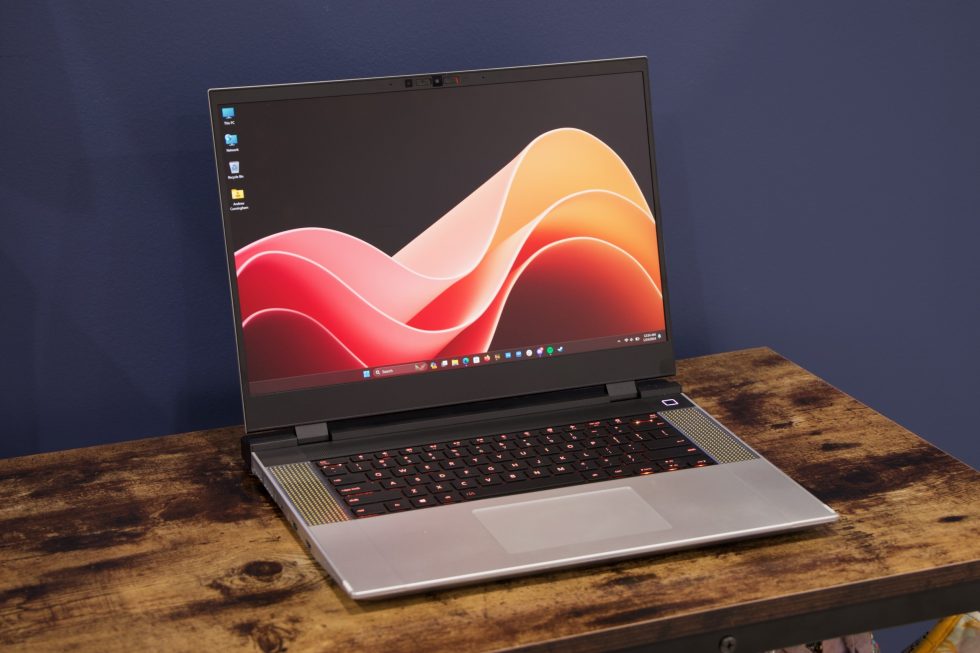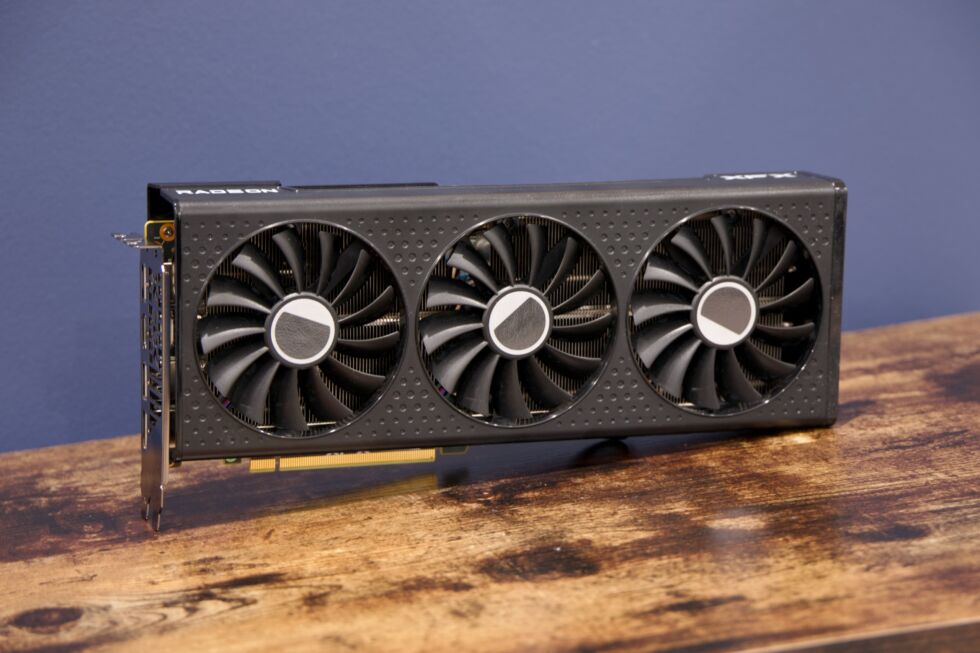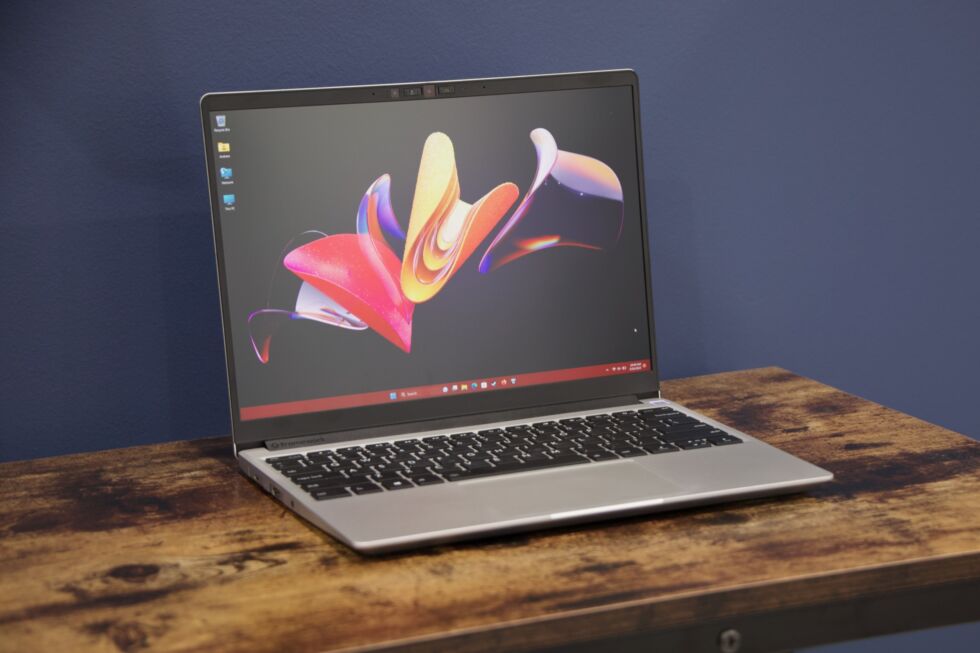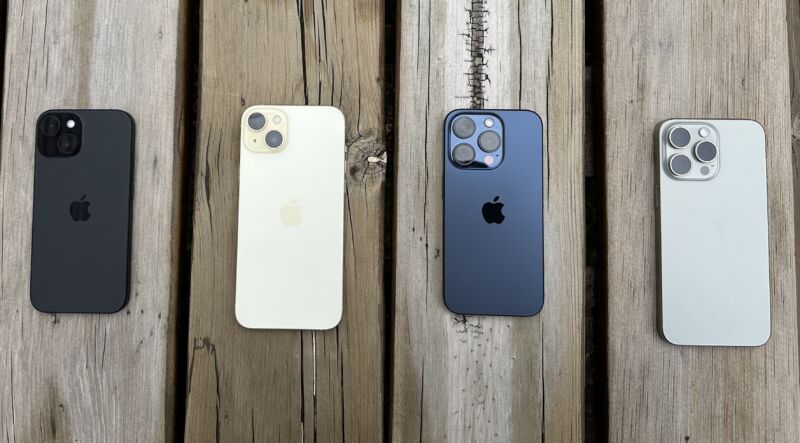-
 chevron_right
chevron_right
Canon plans to disrupt chipmaking with low-cost “stamp” machine
news.movim.eu / ArsTechnica · Monday, 29 January - 14:22

Enlarge / Canon’s FPA-1200NZ2C nanoimprint lithography machine. The company has been developing technology to stamp chip designs onto silicon wafers rather than etching them using light. (credit: Canon)
Canon hopes to start shipments of new low-cost chip-making machines as early as this year, as the Japanese company best known for its cameras and printers tries to undercut longtime industry leader ASML in providing the tools to make leading-edge semiconductors.
The challenge from Canon comes as Western governments attempt to restrict China’s access to the most advanced semiconductor technologies and as global demand for chipmaking machines has soared. If successful, Canon’s “nanoimprint” technology could give back Japanese manufacturers some of the edge they ceded to rivals in South Korea, Taiwan and, increasingly, China over the past three decades.
“We would like to start shipping this year or next year... we want to do it while the market is hot,” said Hiroaki Takeishi, head of Canon’s industrial group, who has overseen the development of the new lithography machines. “It is a very unique technology that will enable cutting-edge chips to be made simply and at a low cost.”








